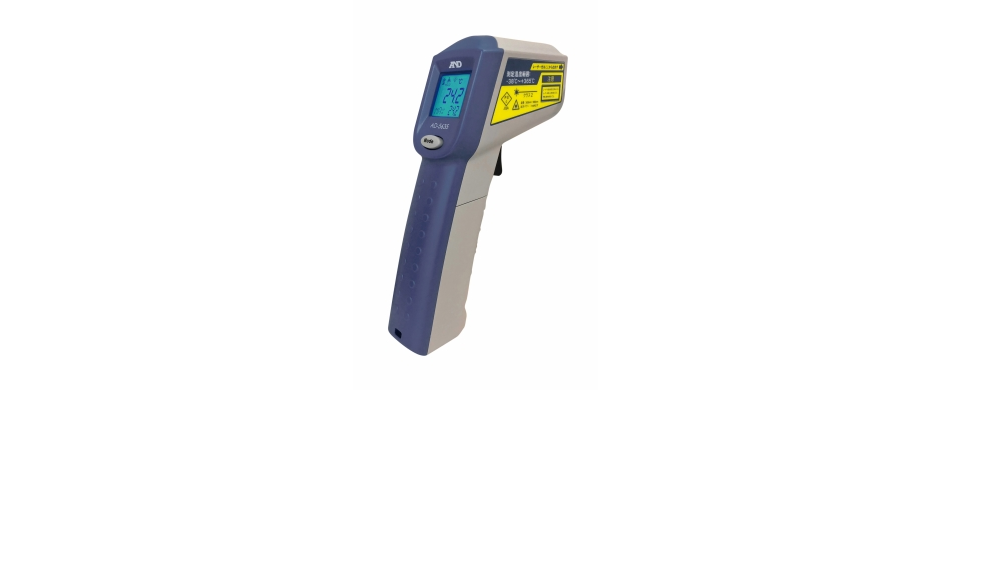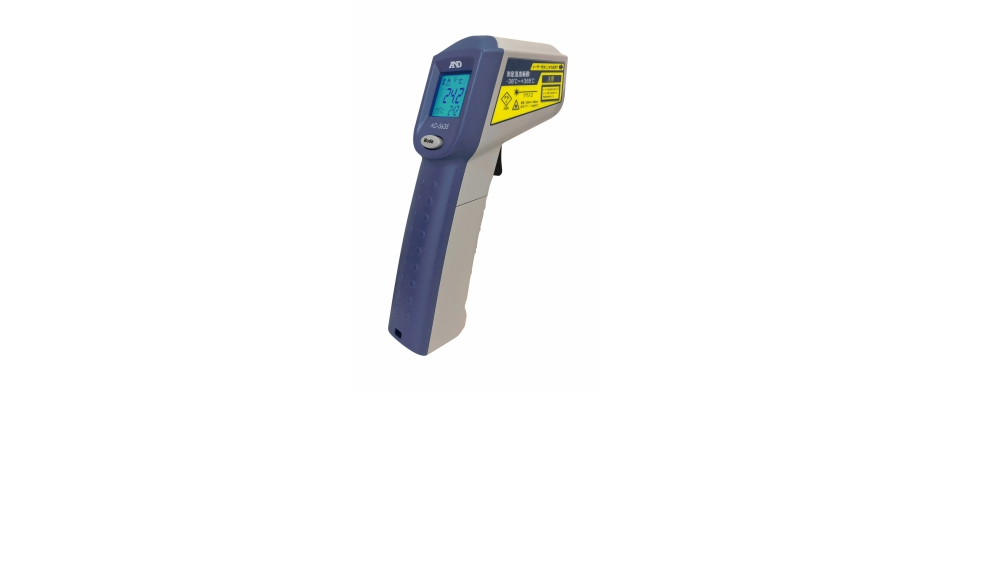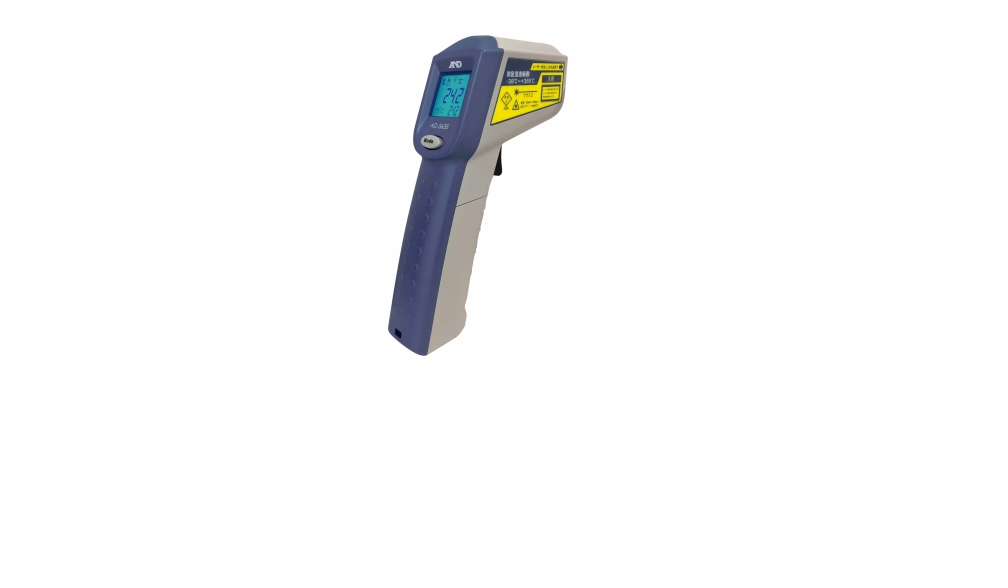A&D >
>
AD-5635 What is Emissivity?
AD-5635 What is Emissivity?
A&D >
>
AD-5635 How to set the emissivity
AD-5635 How to set the emissivity
A&D >
>
AD-5635 The relationship between the distance & measurement range (D:S).
AD-5635 The relationship between the distance & measurement range (D:S).
A&D >
>
AD-5635 Advantages and Disadvantages of Contact and Non-Contact Thermometers Contact Thermometers:
AD-5635 Advantages and Disadvantages of Contact and Non-Contact Thermometers Contact Thermometers:
A&D >
>
AD-5635 Measuring Temperature of Water and Glass through Infrared Thermometers
AD-5635 Measuring Temperature of Water and Glass through Infrared Thermometers





